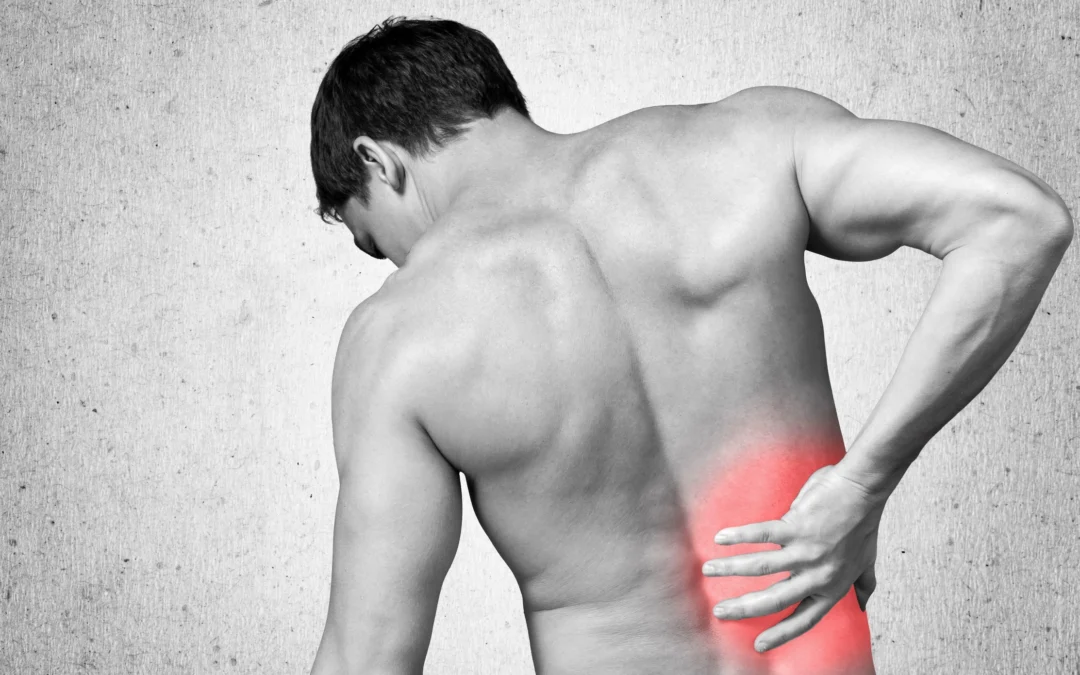Bulging disc, herniated disc, slipped disc, lumbar disc derangement …
What does it all mean? It usually means intense back pain with radiating pain down your leg. The pain in your leg could be anything from mild numbness down the back of your thigh and into your foot to shocking bolts of lightning shooting down your leg. In severe cases it could mean atrophy, loss of reflexes and true motor weakness in specific muscle groups in your involved leg that could require surgical decompression.
Very simply, the human spinal discs are fluid filled sacs between your vertebrae that help absorb shock and give your back amazing flexibility. With wear and tear, repetitive lifting strain, injury and mileage the discs in your low back will show signs of failure including bulges and herniations. The problem is, when your disc bulges it pinches the adjacent nerve root, causing intense pain and even weakness in your leg.
If you experience weakness in your leg you can do a simple self strength test. First, try walking on your toes. If you can’t stay up on your toes while walking this is true motor weakness. Now try walking on your heels. If your foot drops while walking on your heels this is also a sign of motor weakness. This type of weakness usually indicates a more severe problem or larger disc bulge and should be checked out by your healthcare provider.
Most people with disc involvement in their low back find it difficult to stand up straight and usually shift their trunk away from the painful side. While this may feel better in the short term it perpetuates the problem in the long run.
Generally speaking, people experiencing lumbar disc injury with lateral shift of the trunk on the pelvis do better with standing, walking and extension exercises and do worse with sitting, bending forward and flexion exercises. The first goal of any successful treatment plan is to straighten up your spine and get you back on your feet. If you have intense low back pain with radiating pain down your leg that gets better with standing and walking and worse with sitting and bending forward, then try these exercises and activities.
- 1. Lumbar lateral shift correction
- 2. Prone on elbows/cobra position
- 3. Press ups
- 4. Extension in standing
- 5. Sitting with supported lumbar lordosis with lumbar roll.
- 6. Avoid forward bending and lifting in the acute stage.
- 7. Walking
- 8. Static back
- 9. Icing
All of these recommended exercises and activities should be easy and pain free. If any exercise is painful please discontinue. As always with any new exercise or activity program consult with your physician or medical provider to get clearance that these activities are appropriate for your current health status.
Of course there is nothing better you can do for helping your aching back and leg pain like good old hands on treatment like you’ll receive from the therapists at M.C.O.P.T. We will identify and treat painful pressure points in your back and pelvis that are diagnostic sensors indicating the true source of your pain. We will treat these painful pressure points to eliminate pain and muscle spasm restoring pain free movement and function in all directions. Treating the source of your problem rather than chasing your pain will result in long lasting positive outcomes. Professional treatment in combination with a spine specific home exercise program will give you the biggest bang for your buck in keeping your back happy and healthy.
You can “Get Better and Stay Better”.

